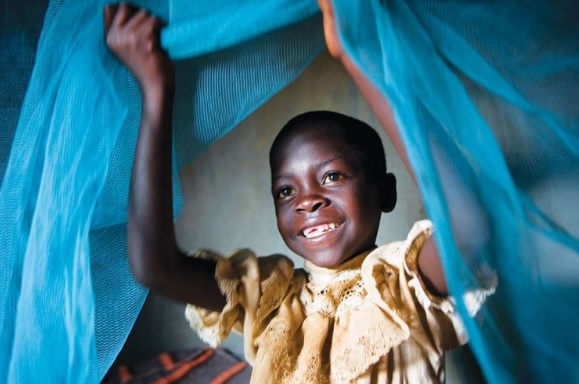
Malaria deaths in children reduce
Malaria mortality rate among children under five years reduced from 3,882 in 2010 to 1,264 in 2016, a report by the National Malaria Control Programme (NMCP), has revealed.
Advertisement
The Acting Programme Manager of the NMCP, Dr Keziah Malm, made this known in an address at the launch of the 2016 Ghana Malaria Indicator Survey (GMIS).
Dr Keziah expressed optimism that the figures could reduce if stakeholders increased their sensitisation activities and programmes to reach a lot of the rural folks.
The GMIC was jointly put together by the Ghana Statistical Service (GSS), the NMCP and the National Public Health Reference Laboratory (NPHRL) of the Ghana Health Service (GHS).
2016 Malaria report
The 2016 GMIS provides findings on malaria prevention practices, care seeking for fever in children, use of treated and untreated mosquito nets by mothers and caregivers, use of drugs for malaria prevention during pregnancy among others.
The study, which covered a total of 3,080 children and 5,000 women between the ages of 15 to 49 years across the country span between October and December 2016.
It was funded by the United States Agency for International Development (USAID) and the Global Fund.
Key findings
According to the findings, twenty-one per cent of children between the ages of 6 and 59 months were infected with malaria in 2016.
The figure represents a six per cent reduction from the 27 per cent recorded in 2014, which shows a steady reduction.
“Though 72 per cent of children who had a fever in the two weeks before the survey sought advice or treatment, just three in 10 had blood test to check for malaria infection before treatment.
“Among children who had fever and received antimalaria drugs before the survey, just six in 10 (59 per cent) were given artimisinin-based combination therapy (ACT),” he said.
The report also revealed that less than half of women had heard or seen a malaria message in six months before the survey.
Policy planning
The Acting Government Statistician, Mr Baah Wadieh who launched the report called on stakeholders to study the report carefully and use the information to guide policy planning and intervention
Mr Wadieh indicated that the report established that malaria prevalence among children varied from one region to the other, with Greater Accra recording the lowest of 5 per cent, while the Central Region recorded the highest figure of 30 per cent.
Rural children are more than twice likely to be infected with malaria than those in the urban areas, he said.
In her address, the Deputy Director-General of the GHS, Dr Mrs Gloria Quansah Asare, emphasised that the overall objective of the NMCP was to reduce malaria morbidity and mortality by 75 per cent by 2020.
She, therefore, said the 2016 GMIS was timely since that would help stakeholders in the health sector to plan ahead of time.




